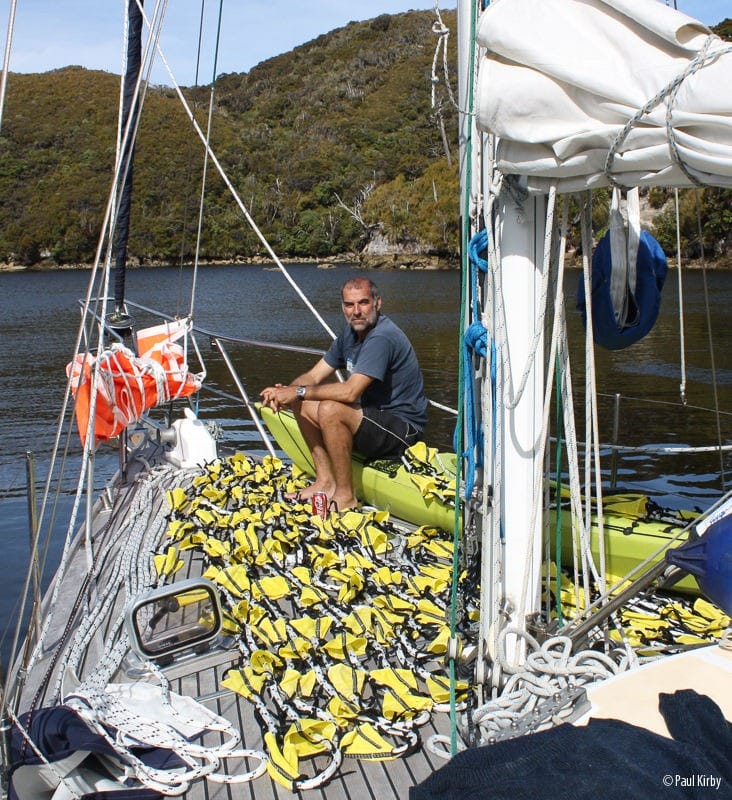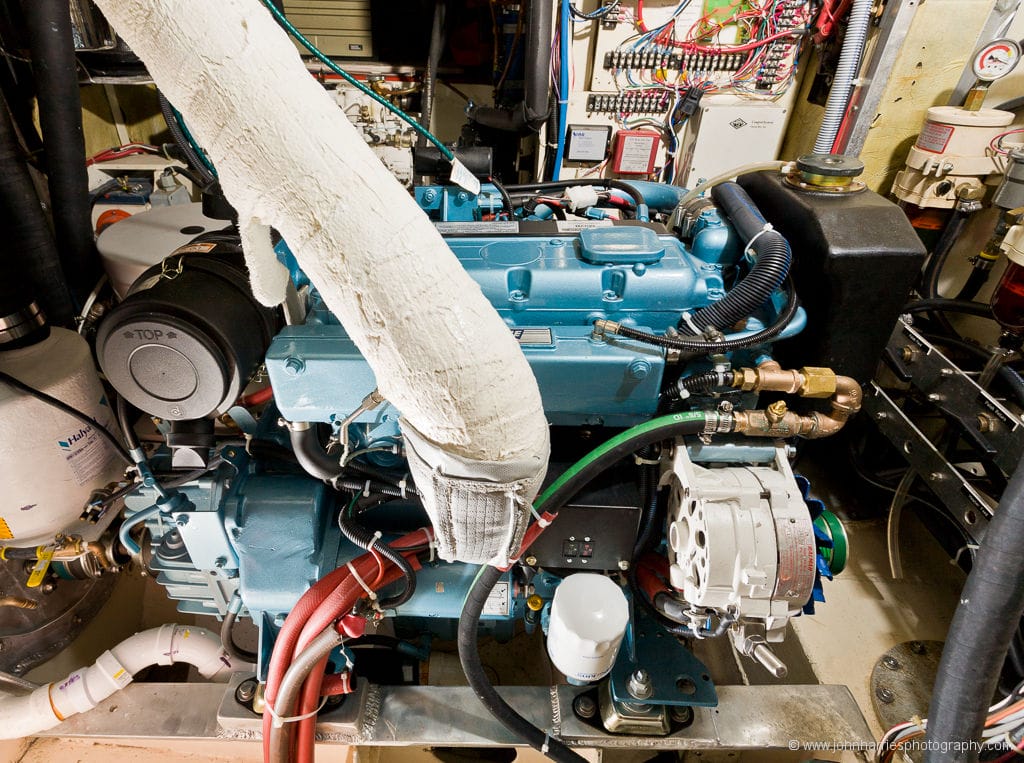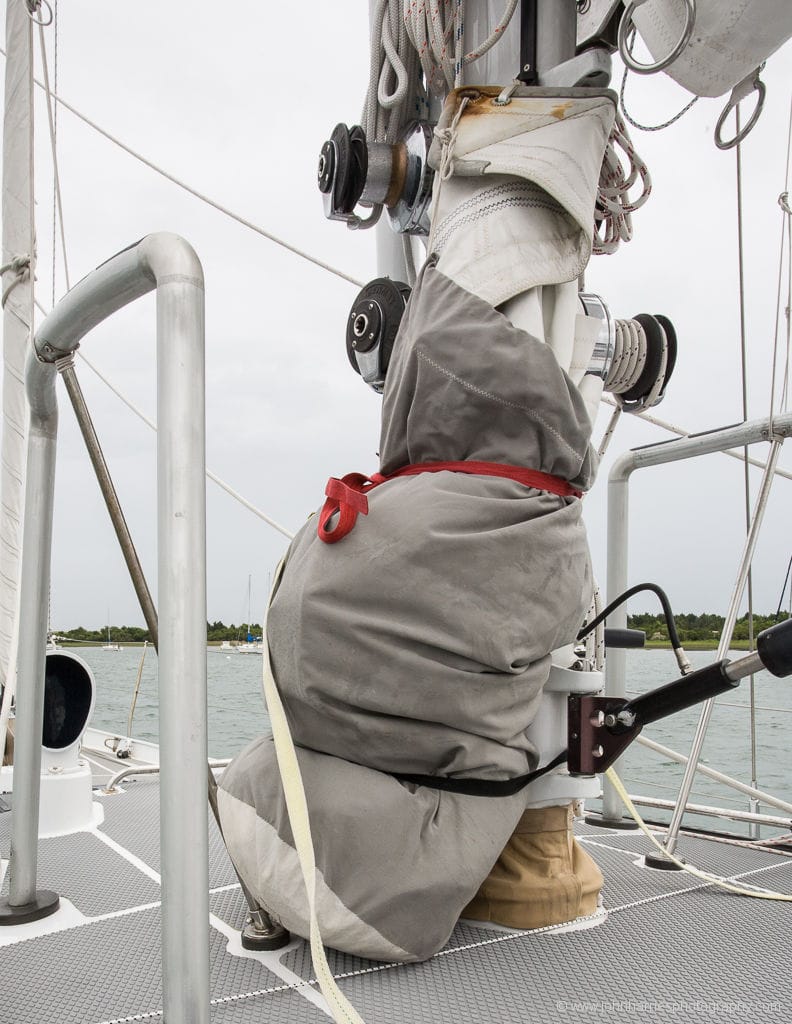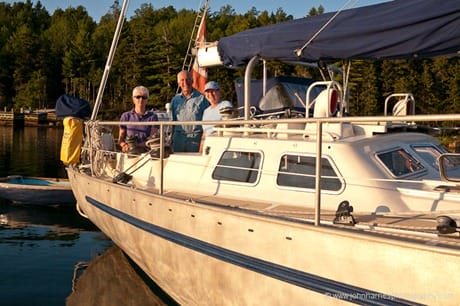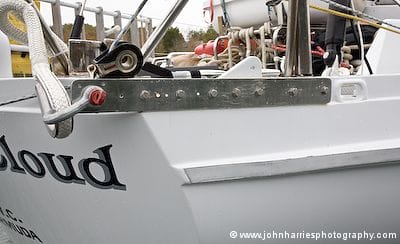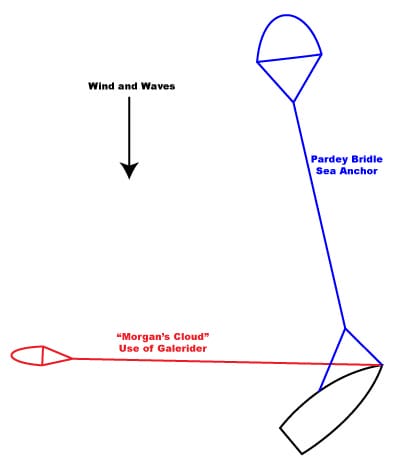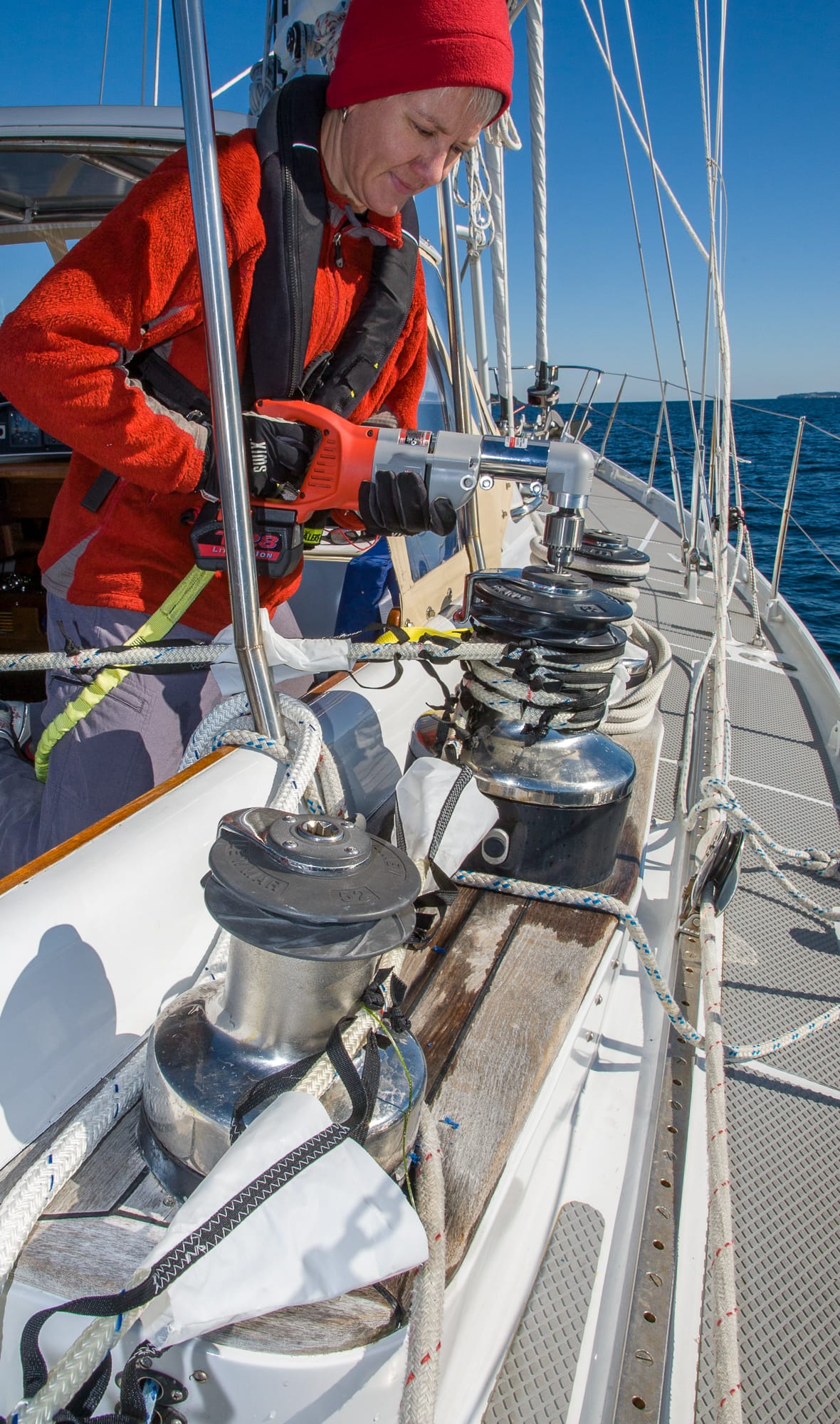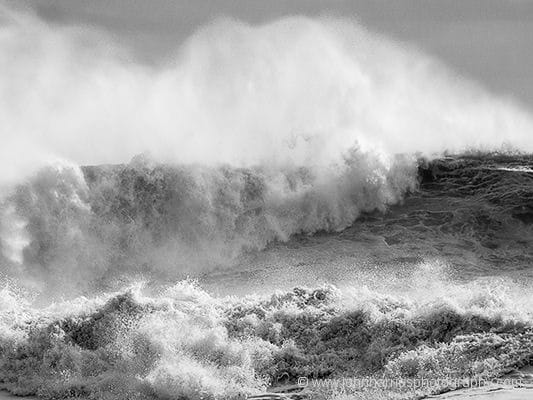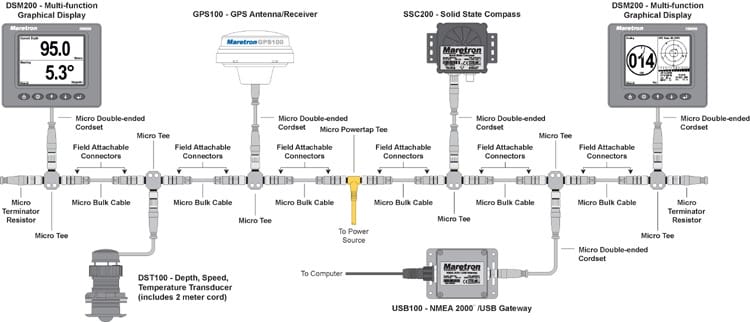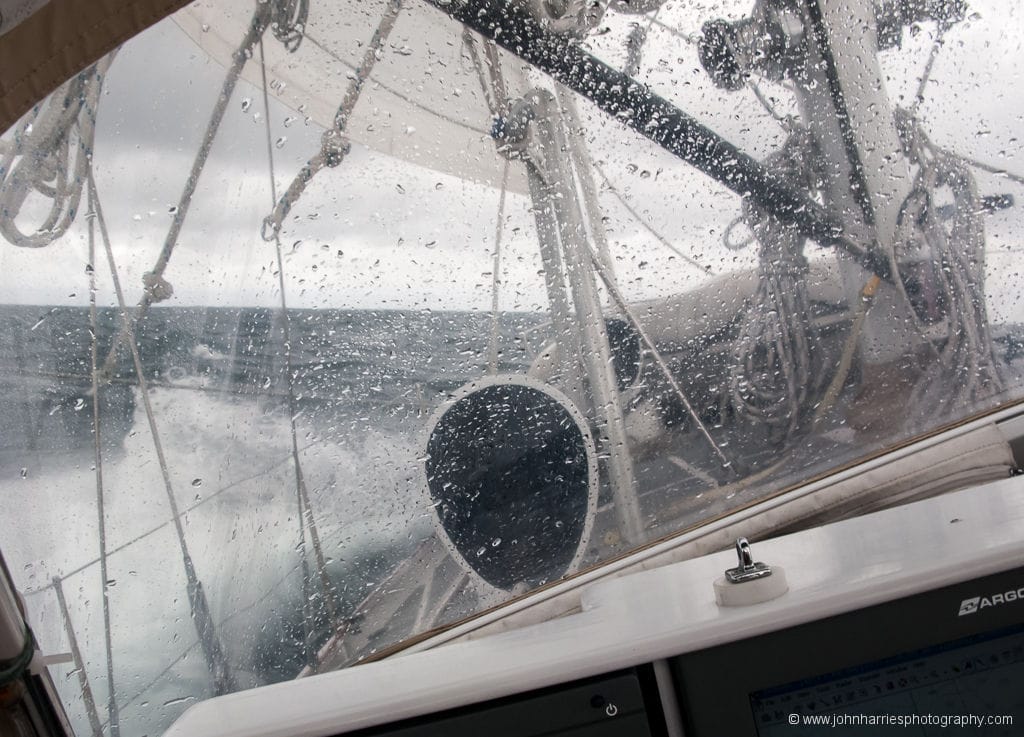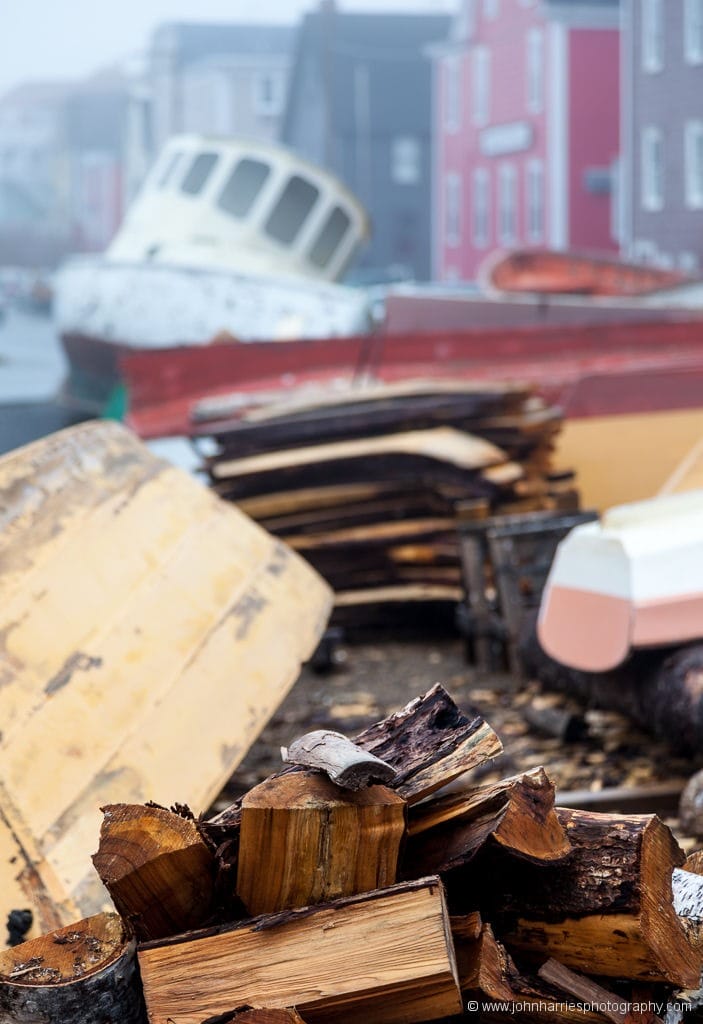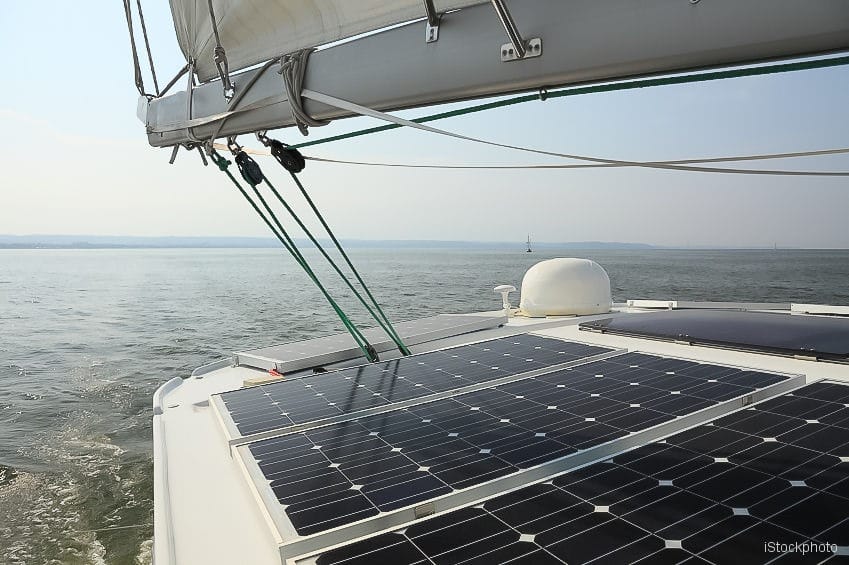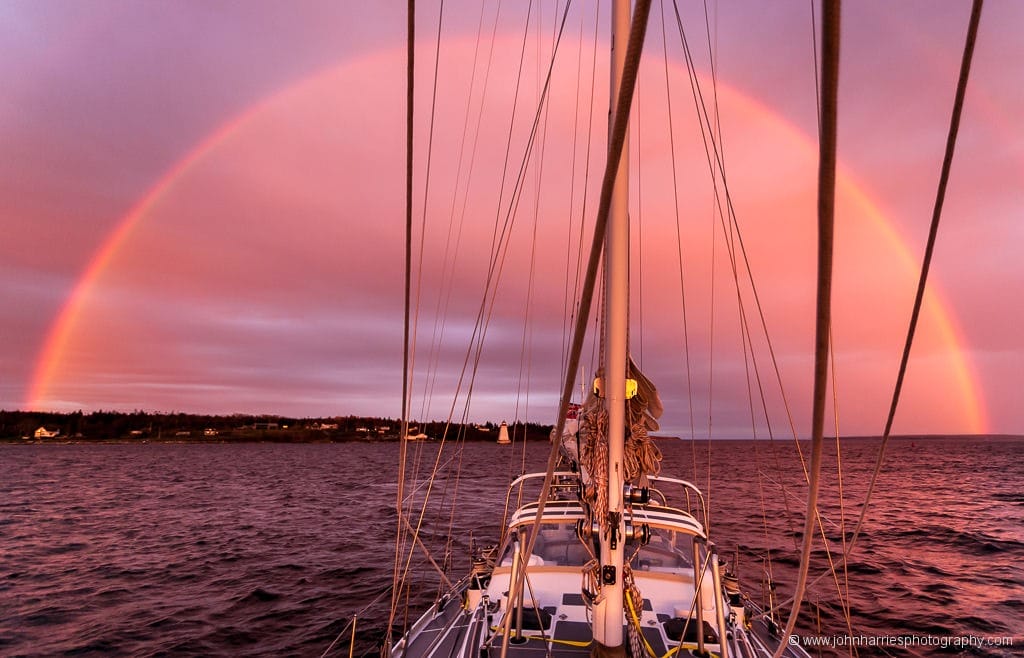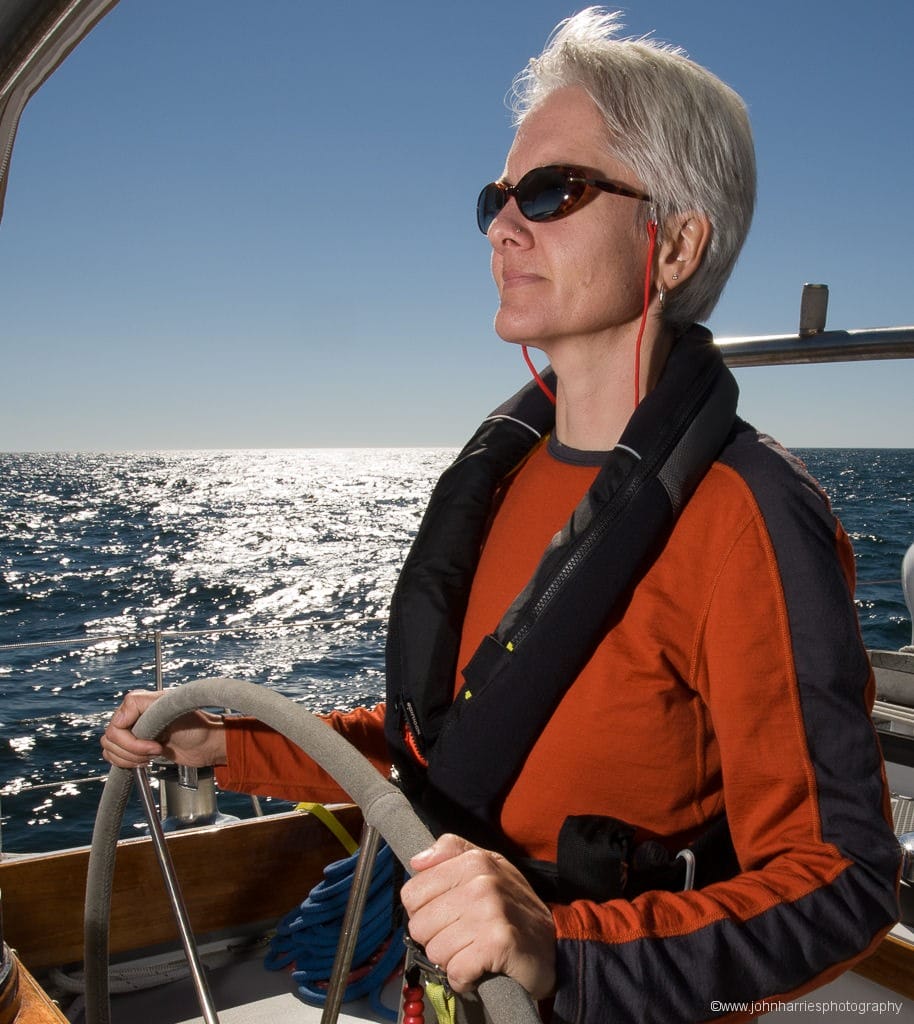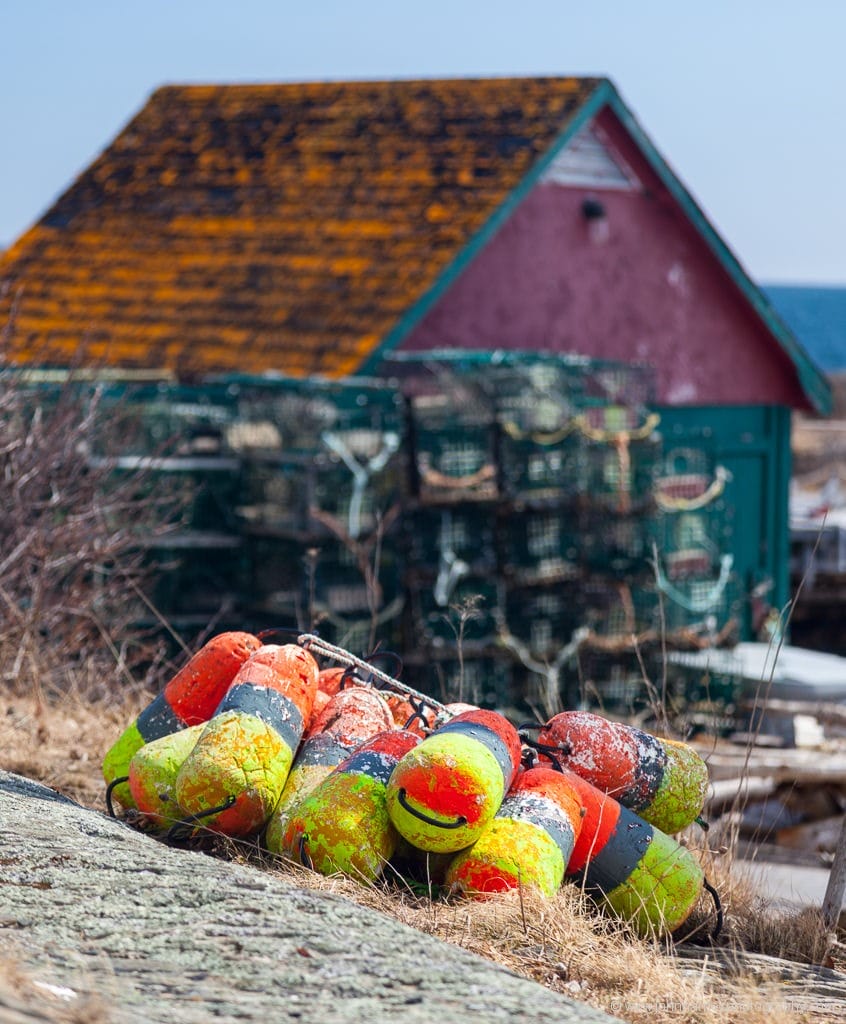-
Summary And Conclusions For Heavy Weather Offshore Section
21 CommentsReading Time: 3 minutesMembersRead more: Summary And Conclusions For Heavy Weather Offshore SectionWe have covered a lot of ground and many details in this Online Book. So I have ended with a chapter the key points in this chapter.
-
Companionway Integrity In A Storm
17 CommentsReading Time: 3 minutesMembersRead more: Companionway Integrity In A StormIt’s a sad fact that most production boat companionways are potential boat-sinkers. But it does not have to be that way. In this chapter I provide solid suggestions on how to stormproof your companionway.
-
Real Life Storm Survival Story
65 CommentsReading Time: 8 minutesMembersRead more: Real Life Storm Survival StoryTheory is great to learn from but real world experience is always better. In this chapter I relate an email interview we conducted with a reader who survived a killer storm south of New Zealand using some of the techniques that I have discussed in this book. It’s a long chapter, but read it carefully because doing so and acting on the information could save your life.
-
Storm Survival Secret Weapon: Your Engine
26 CommentsReading Time: 4 minutesMembersRead more: Storm Survival Secret Weapon: Your EngineOne of our most useful tools in dealing with heavy weather at sea is our engine and in this chapter I relate how we used ours to good effect in a nasty lee shore situation. But the sad truth is that in many cases a yacht’s engine is disabled by heavy weather making it useless at the very time that the crew need it most, so I go on to share some solid suggestions of things you…
-
Surviving A Lee Shore
35 CommentsReading Time: 4 minutesMembersRead more: Surviving A Lee ShoreIn the previous chapters we have talked about heaving-to and various drag devices, but none of that is going to help us if we are caught on a lee shore. In this chapter I write about when that exact scenario happened to me and what we have done to prepare ourselves and our boat should it ever happen to us again.
-
Series Drogues: Learning From Tony Gooch
2 CommentsReading Time: < 1 minuteMembersRead more: Series Drogues: Learning From Tony GoochContinuing on with the theme of learning from the best, this chapter is about the many things we learned from Tony and Coryn Gooch about storm survival and drogue retrieval—they know what they are talking about after decades of voyaging in some of the toughest parts of the world’s oceans and Tony’s single handed non-stop circumnavigation.
-
Jordan Series Drogue Retrieval—An Alternative From Hal Roth
27 CommentsReading Time: 4 minutesMembersRead more: Jordan Series Drogue Retrieval—An Alternative From Hal RothThere’s always more than one way to skin a cat—or retrieve a Jordan Series Drogue—so when Hal Roth, a man with 200,000 miles and three circumnavigations under his belt, makes a suggestion, we listen.
-
Jordan Series Drogue Attachments And Launch System
138 CommentsReading Time: 4 minutesMembersRead more: Jordan Series Drogue Attachments And Launch SystemYou went out and bought a Jordan Series Drogue, but now you need to put together the gear and procedures to get it safely deployed when you need it and in this chapter I share exactly how to do that.
-
Six Reasons We Don’t Recommend Sea Anchors
6 CommentsReading Time: 3 minutesFreeRead more: Six Reasons We Don’t Recommend Sea AnchorsFor many years large sea anchors were thought by many, including us, to be the ultimate storm survival option. We now believe that the disadvantages of sea anchors substantially outweigh the advantages particularly when compared to a Jordan Series Drogue.
-
Stopping Wave Strikes While Heaved-To
45 CommentsReading Time: 7 minutesFreeRead more: Stopping Wave Strikes While Heaved-ToSome of the options that we can use to solve the dangerous problem of wave strikes while heaved-to that I described in the last chapter.
-
Jordan Series Drogue Retrieval System
66 CommentsReading Time: 6 minutesMembersRead more: Jordan Series Drogue Retrieval SystemThe storm struck, you deployed your Jordan Series Drogue and rode it out without problems, but now the wind is dropping and it’s time to retrieve the drogue so you can get sailing again and head for port before the next blow hits. But you are shorthanded and tired and the task seems insurmountable. In this chapter we share our tested method for drogue retrieval.
-
When Heaving-To Is Dangerous
9 CommentsReading Time: 2 minutesMembersRead more: When Heaving-To Is DangerousAs wonderful as heaving-to is, done wrong it can be dangerous. In this post we tell you about when heaving-to went wrong for us, and what to watch out for.
-
Heaving-To
19 CommentsReading Time: 4 minutesMembersRead more: Heaving-ToAs we have shared in earlier chapters in this Online Book, we now believe that for extreme weather where large breaking waves may be present, a Series Drogue, as designed by Don Jordan, is the best survival strategy. That said, heaving-to is still a technique that not only can save your bacon in a gale, but is also surprisingly comfortable and useful for taking a break from the demands of shorthanded voyaging. In this chapter we tell…
-
Five Goals For A Heavy Weather System
0 CommentsReading Time: 3 minutesFreeRead more: Five Goals For A Heavy Weather SystemBefore discussing the actual nuts and bolts of our gale and storm survival gear and strategy, I’m going to write a bit about the goals that Phyllis and I keep in mind when we are putting together gear and thinking about strategy for dealing with heavy weather at sea on our own boat, Morgan’s Cloud—you can’t set a course until you know what the destination is.
-
Introduction—We Need A System
2 CommentsReading Time: 2 minutesFreeRead more: Introduction—We Need A SystemMany of us buy storm survival gear, throw it in a corner of the lazarette, and head off to sea congratulating ourselves on our foresight and seamanship. But when we do that, we have not really prepared for a storm at sea. In this introductory chapter I explain why having a real storm survival system is so important.
-
A Fundamental Danger Of NMEA 2000 Networks
83 CommentsReading Time: 3 minutesFreeRead more: A Fundamental Danger Of NMEA 2000 NetworksNMEA 2000 Networks are fast becoming the standard on sail and motorboats but it’s important to guard against a fundamental weakness that can leave us with no position or radar and few good options.
-
Why Not eBooks?
0 CommentsReading Time: < 1 minuteFreeRead more: Why Not eBooks?Sometimes people ask us why we opted to write Online Books rather than downloadable eBooks in PDF or ePub (Kindle and iThings) format. Here’s the answer: It’s a Moving Target One of the most wonderful things about offshore sailing is that we never know it all. In fact, the more we learn and the more […]
-
John’s Thoughts & Photos, May 2013
10 CommentsReading Time: 3 minutesFreeRead more: John’s Thoughts & Photos, May 2013A Race For Real Sailors I’m thinking that some of you might be interested in learning more about the series of races that the original Bluenose was built to win. A series that was inspired by the desire of working schooner fishermen to go out and show a bunch of effete yachtsmen racing expensive, silly […]
-
8 Tips For a Great Cruising Boat Interior Arrangement
87 CommentsReading Time: 7 minutesMembersRead more: 8 Tips For a Great Cruising Boat Interior ArrangementMost cruising boats, both power and sail, have interior arrangements that are designed to look good at a boat show, not work well offshore or when living aboard for extended periods while voyaging. Here’s how to fix that.
-
Cycle Loading—8 Tips for Boat and Gear Purchases
28 CommentsReading Time: 6 minutesMembersRead more: Cycle Loading—8 Tips for Boat and Gear PurchasesIn this chapter, John applies the theory of cycle loading that Matt explained in the last chapter to come up with solid rules you can apply to boat and gear purchases.
-
The Cure for Gerbil Brain
10 CommentsReading Time: 3 minutesFreeRead more: The Cure for Gerbil BrainI sometimes suffer from an affliction I have come to call Gerbil Brain. I’m sure none of you are thinking that this refers to the size of my brain are you? No, I thought not.
-
Electric or Diesel-Electric Drives for Voyaging Boats
103 CommentsReading Time: 8 minutesMembersRead more: Electric or Diesel-Electric Drives for Voyaging BoatsElectric and diesel-electric (hybrid) drives have become all the rage in recent years. But are they really a more efficient option for offshore cruising sailboats? In this chapter we take a solid and arithmetically rigorous approach, based on advice from two professional engineers with substantial experience of electric drive use on land, to cut through the hype and answer that question.
-
Voyaging and The Privilege of Being There
4 CommentsReading Time: < 1 minuteFreeRead more: Voyaging and The Privilege of Being ThereQuestion: How do you make great travel photographs? Answer: F8 and be there.
-
Harnesses and Lifejackets and How to Use Them
73 CommentsReading Time: 4 minutesMembersRead more: Harnesses and Lifejackets and How to Use ThemYour harness, its fit, and how you use it are among the most important parts of staying safe on a boat offshore. In this chapter I share what we have learned in 140,000 miles of offshore sailing, most of it short-handed, about harnesses and lifejackets, the features to look for, and their use.
-
Spring Photography on a Cane
11 CommentsReading Time: 2 minutesFreeRead more: Spring Photography on a CaneSeveral readers have asked me about how my recovery from my accident is coming along. (For those of you who don’t know, I was descending the Hillary Step, after summiting without oxygen, carrying a Sherpa who had collapsed, poor fellow, when I slipped and broke my leg. Oh, you don’t believe that? How about this?)

